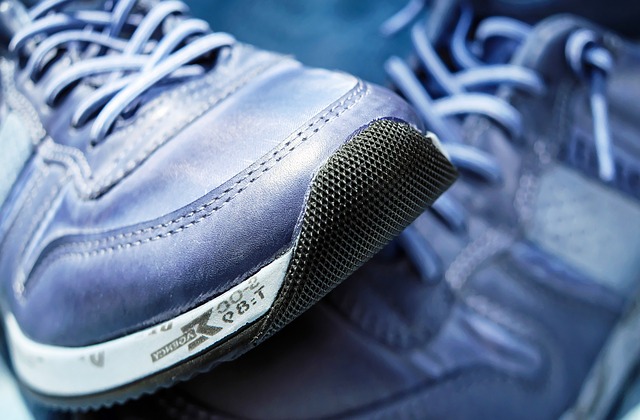Shoes, belts, shorts, tops, socks, underwear. Any of these items of clothing can be an asset or annoyance in your marathon.
After what is at least 3 months of hard work and long runs building up to the big day, the last thing you want to do is ruin either the experience or your shot at achieving a good time for yourself.
Why bother testing kit?
You’ll likely try different gels, bars, drinks etc in training. If you don’t now, it’s probably because you have in the past and you’ve found products and a method that you like. Unfortunately, clothing and accessories are a little different because they wear out. You might have a favourite pair of race shorts, but it the elasticated waist snaps you’ll need to find something else just as comfortable. This may be tricky if you use products such as the Ron Hill shorts with gels loops.
Shoe choice
In marathon training you’ll naturally clock up a lot of miles very quickly. To combat shoe wear, you’ll hopefully have a couple of different models of shoe. For my first marathon I had it in my mind that I would wear my pair of Brooks Glycerin 15. I started out with all my long runs in these shoes. One day though, they were soaked through still when my long run day arrived, so I had to go out in the far less supportive Brooks Launch 5 for 18 miles.
It actually felt pretty good. I flew round, relatively speaking, because I knew I had to alter my running style to work with this shoe. I had none of the leg ache I’d assumed I’d have with a less supportive shoe that weighs 45g less, and is therefore faster.
Gel or drink belts
If your marathon has plenty of water stations or bottle drops, you won’t need a gel belt or hydration pack necessarily. I prefer to keep gels with me in case I change plans during the race due to headwinds, elevation changes etc. so a gel belt is a handy item to have. Make sure you adjust this beforehand. I’d practiced with mine a few times before, fully loaded with gels, but not with the same top and shorts. When this started turning round and riding up on the more shiny-surfaced club vest, it meant the first mile of the race consisted of a lot of adjusting which was distracting as well as slightly unnerving since I’d previously thought I’d planned everything so well.
Tops
If you’re a club member, you’ll likely wear your club vest proudly and that’s great of course. In winter however you may need to wear a base layer, or summer time if using a hydration pack, a vest that you’re used to training in which has wider shoulder straps could be a good idea to reduce the chance of chafing on the shoulders. Either way, test out all possible clothing options based on likely weather.
When your race day arrives, the confidence you’ll have going to the start line knowing that you’ve double-checked all of your race clothing is one less distraction. One less bit of self-doubt and nervousness to contend with. Try it all out and race your best.
Written by Kyle Brooks, Running Coach based in Norwich, Norfolk

